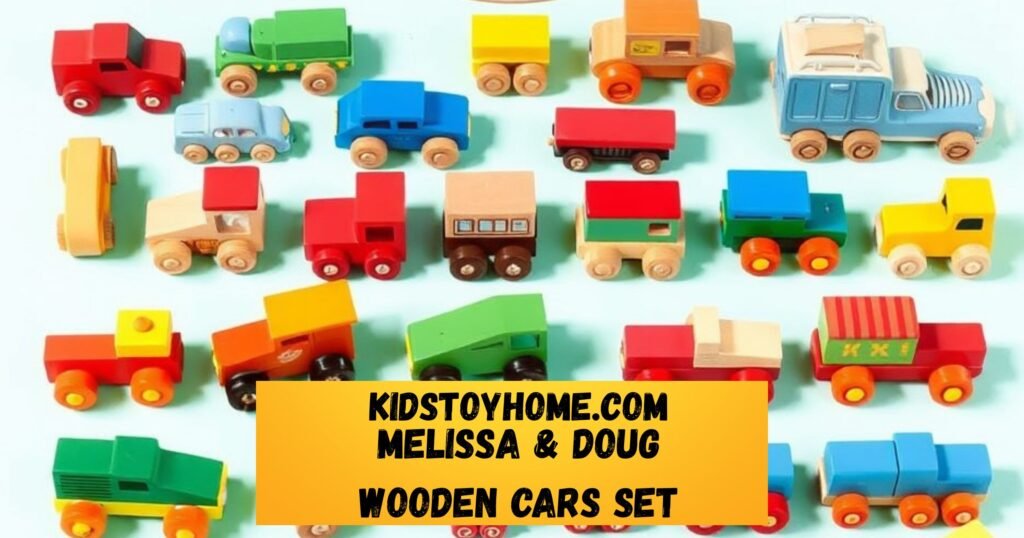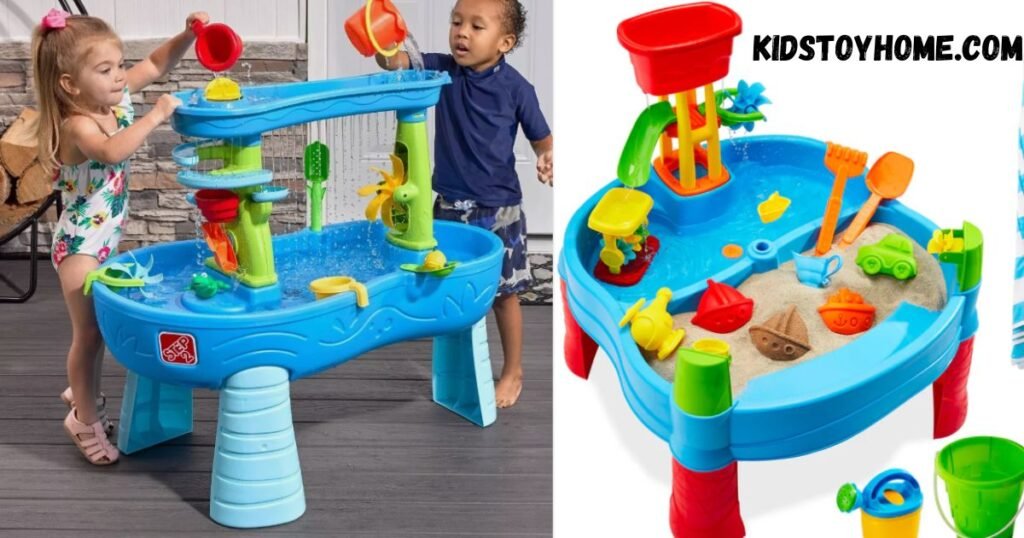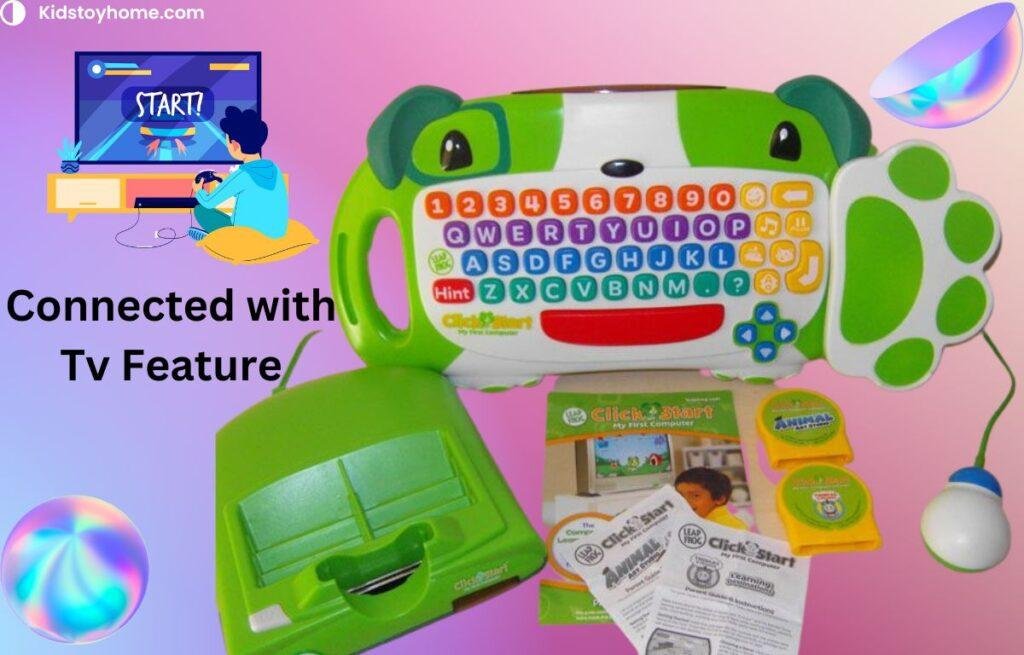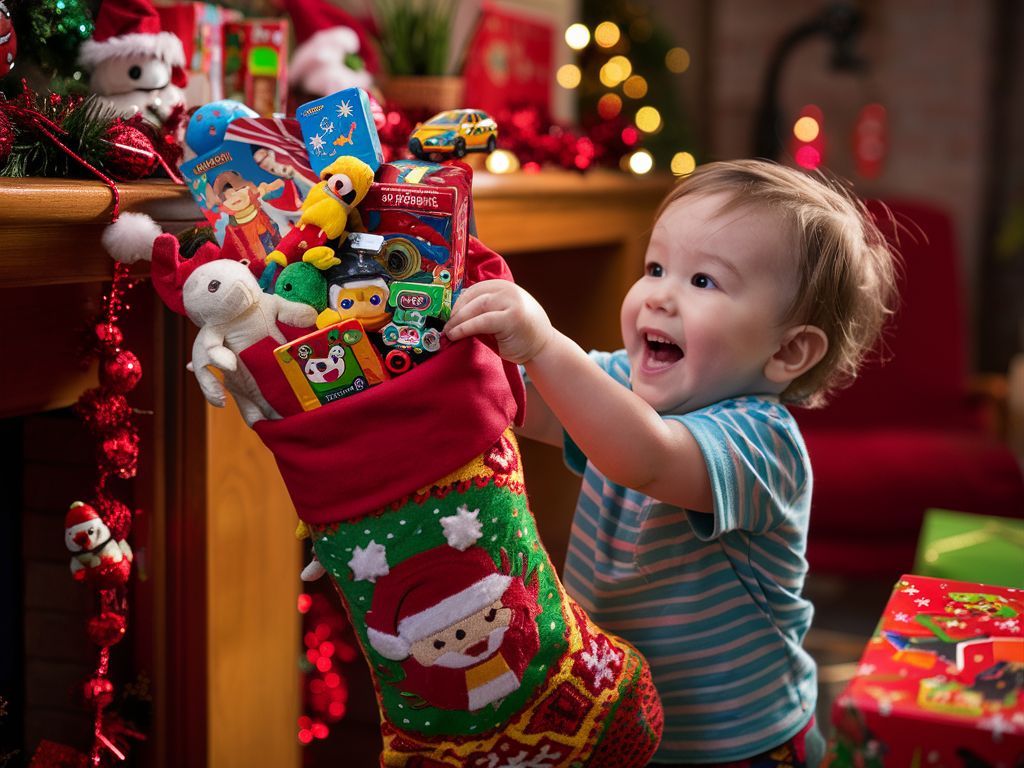Busy boxes, also known as activity boxes, are thoughtfully created containers filled with engaging and educational materials designed to keep children occupied. They are a dynamic resource for parents, caregivers, and educators, offering a structured avenue for children to explore, learn, and foster their creativity.
The importance of these busy boxes transcends mere amusement. They serve as tools for promoting independent play, enhancing fine motor skills, encouraging imagination, and facilitating cognitive development.
By keeping kids busy with these boxes, their curiosity is nurtured, making learning a fun and exciting discovery instead of a chore. Busy boxes are indeed an artful strategy for keeping kids active, engaged, and learning.
How to Use Busy Boxes to Keep Little Hands & Minds Active All Day
- Choose Age-Appropriate Activities
Pick or create busy boxes that match the child’s age and development level. For toddlers, include shape sorters, stacking cups, and sensory bags. For preschoolers, try puzzles, lacing cards, and matching games. - Rotate Activities Regularly
Don’t give everything at once. Rotate items every few days to keep things fresh and exciting. This helps avoid boredom and keeps curiosity alive. - Incorporate Learning & Fun
Mix educational tools (letters, numbers, colors) with playful elements like stickers, mini toys, and crafts. This keeps both the brain and hands engaged. - Use for Independent Play
Busy boxes encourage independent play. Set them up in a quiet corner and let your child explore on their own while you work or relax. - Theme Your Boxes
Create boxes based on themes like animals, space, nature, or seasons. Themed play boosts creativity and encourages storytelling. - Include Fine Motor Skill Builders
Items like clothespins, threading beads, and Velcro strips are great for strengthening little hands and improving dexterity. - Make It Portable
Busy boxes are perfect for travel, waiting rooms, or quiet time at home. Use a small plastic container or tote bag to take it anywhere. - Involve Kids in the Setup
Let children help you build or choose what goes into the box. It increases their excitement and gives them a sense of ownership. - Limit Screen Time
Busy boxes are a great screen-free alternative. They promote problem-solving, focus, and hands-on learning.
Types of Busy Boxes
There are divergent types of busy boxes designed to engage children in various ways. These boxes can be classified into three categories: theme-based, skill-focused, and age-appropriate. Each type has its unique features and benefits that cater to different interests and abilities of children.
Theme-based Busy Boxes:
These are curated around specific themes that pique a child’s interest. Themes can range from dinosaurs and space exploration to fairy tales and arts & crafts. The key is to select a theme your child is passionate about, making the learning process fun and exciting.
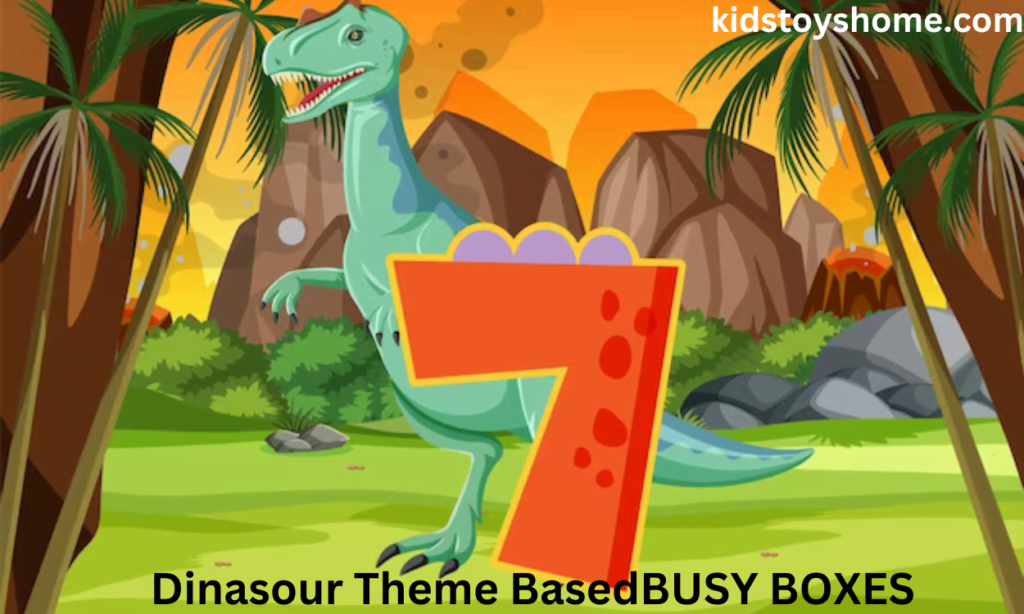
Skill-focused Busy Boxes
These focus on developing particular skills such as fine motor coordination, problem-solving, or cognitive thinking. For example, a busy box filled with puzzles improves cognitive abilities and problem-solving skills, while one containing clay or playdough can enhance fine motor skills.

Age-appropriate Busy Boxes
These are designed with age in mind, ensuring the activities are suitable for the child’s developmental stage. For toddlers, this could mean a busy box with large, colorful blocks or textured toys. Older children might have busy boxes filled with more complex activities involving reading, writing, or science experiments.

All types share the common goal of keeping children productively engaged, nurturing their curiosity, and playfully facilitating their learning. The challenge is to strike a balance between a child’s interests, their developmental needs, and the skills you would like them to acquire.
Creating Your Busy Box
When creating your busy box, the choice of materials plays a crucial role. The items should be safe, age-appropriate, and capable of stimulating the child’s interest and curiosity. Consider including a variety of textures and colors to enhance sensory development. Make sure to include materials that promote fine motor skills, such as play-dough, lacing cards, or small objects for sorting.
Ideas for different age groups
The content of the busy box should vary depending on the child’s age. For toddlers, you might include simple puzzles, stacking cups, or soft toys. For preschoolers, try incorporating more challenging activities like pattern blocks, magnetic letters, or simple board games. School-aged children might enjoy more complex puzzles, craft kits, or books.
How to keep the busy box interesting and engaging
Keeping the busy box interesting and engaging is perhaps the biggest challenge. Rotating the contents regularly can help keep the child’s interest alive. You can also theme the boxes around the child’s current interests or upcoming holidays. Be creative and don’t be afraid to experiment. The key is to provide a mix of familiar and new items to keep the child’s engagement high.
The Art of Using Busy Boxes Effectively
Understanding how to effectively use busy boxes can markedly enhance their value in keeping kids engaged and promoting independent learning.
Correct Timing for Introducing the Busy Box
The timing of introducing the busy box is crucial. It’s ideal to present it when the child is rested and alert. First thing in the morning or after a nap can be opportune moments. During these times, the child is more likely to be receptive and curious, and they can explore the box’s contents with fresh energy and enthusiasm.
Promoting Independent Play
Busy boxes are an excellent tool for promoting independent play, a critical aspect of a child’s development. Start by encouraging the child to choose an activity from the box on their own. Resist the urge to direct the play; instead, allow the child to take the lead. This not only fosters creativity but also enhances problem-solving skills as they figure out how to interact with the materials.
Incorporating Learning Objectives
While the primary purpose of a busy box is to keep the child occupied, it can also be an effective learning tool. Tailor the contents of the box to align with specific learning objectives. For instance, a box focused on numbers and counting might contain number puzzles, counting beads, and picture books about numbers. This way, the child is learning important concepts while having fun.
Case Studies
To illustrate the effectiveness of busy boxes, let’s consider a few real-world examples.
Real-life examples of effective busy boxes
Take the case of Sarah, a working mother of a hyperactive 4-year-old. She used a thematic busy box focused on wildlife, filled with animal figurines, flashcards, and a mini puzzle. This not only kept her son engaged but also sparked his interest in animals, encouraging him to ask questions and learn more.
Another example comes from a kindergarten teacher, Mrs. Rogers, who implemented skill-focused busy boxes in her classroom. These boxes included activities designed to improve fine motor skills like beading, lacing, and sorting. She reported noticeable improvement in the children’s skills over time, along with an increase in their attention spans.
Success stories and testimonials
Busy boxes have garnered various praises from parents and educators alike. In a testimonial, Mr. Thompson, a father of twins, expressed how busy boxes have made his life easier by keeping his kids engaged independently, giving him some much-needed respite.
Similarly, a preschool owner, Ms. Davis, shared her success story of how introducing age-appropriate busy boxes in her institution transformed chaotic free-play timings into structured, beneficial learning activities. The kids were more focused, and the boxes turned out to be a great resource for her staff.
These examples reflect the power of busy boxes in developing various skills among children while keeping them productively engaged.
Conclusion
In summary, busy boxes play a critical role in keeping children engaged, stimulating their curiosity, and fostering their development. They offer a multifaceted approach to learning and playing, with the potential to be tailored to different themes, skills, and age groups. Beyond just keeping kids busy, these magical boxes serve as an avenue for children to explore, innovate, and learn independently at their own pace.
In light of their numerous benefits, the implementation of busy boxes is strongly encouraged. Whether you’re a parent looking to keep your child productively engaged at home, or an educator seeking creative teaching tools, busy boxes can be an effective solution. Remember, your busy box doesn’t have to be perfect—it just needs to spark interest and encourage exploration.
So, why wait? Start your busy box journey today and witness the remarkable impact it can have on your child’s growth and development.
Frequently Asked Questions (FAQs)
What is a busy box?
A busy box is a container filled with engaging and educational toys or activities, tailor-made for your child to help keep them busy and stimulate their learning.
What can I put in a busy box?
You can fill a busy box with a variety of items such as puzzles, books, art supplies, building blocks, or even household items that are safe for kids. The content of the box should ideally be matched to your child’s age, interest, and skills.
When should I introduce a busy box to my child?
Busy boxes can be introduced at any age, but they are most effective when your child is old enough to play independently, usually around two years old.
How often should I change the items in the busy box?
To keep the box interesting and engaging, it is recommended to change the items every few weeks or when you notice your child losing interest.
Can a busy box replace my supervision or presence?
No, a busy box is a tool to help keep your child engaged and learning, but it cannot replace the supervision and interaction of a parent or caregiver. It is important to still spend quality time with your child and use the busy box as a supplement.
Can busy boxes be used for special needs children?
Yes, busy boxes can be tailored to suit the needs and abilities of special needs. It is recommended to consult with a therapist or specialist for ideas and guidance on creating a suitable busy box.
Do I need to spend a lot of money on busy boxes?
No, you can create a busy box using items you already have at home or by purchasing affordable materials. The focus should be on creating engaging and stimulating activities, not spending a lot of money.
Are there any safety precautions I should take when creating a busy box?
Yes, it is important to always supervise your child when using the busy box and ensure that all items are safe for their age and development level. Avoid small objects or items that could potentially be a choking hazard. Overall, use your judgment and prioritize safety when selecting materials for the busy box.
Do busy boxes have any educational benefits?
Yes, busy boxes can promote learning in various areas, such as fine motor skills, problem-solving, creativity, and language development. Busy boxes can also help with cognitive and emotional growth.
Can busy boxes be used for multiple children?
Yes, you can create a busy box that is suitable for multiple children to play with together or you can have individual busy boxes tailored to each
